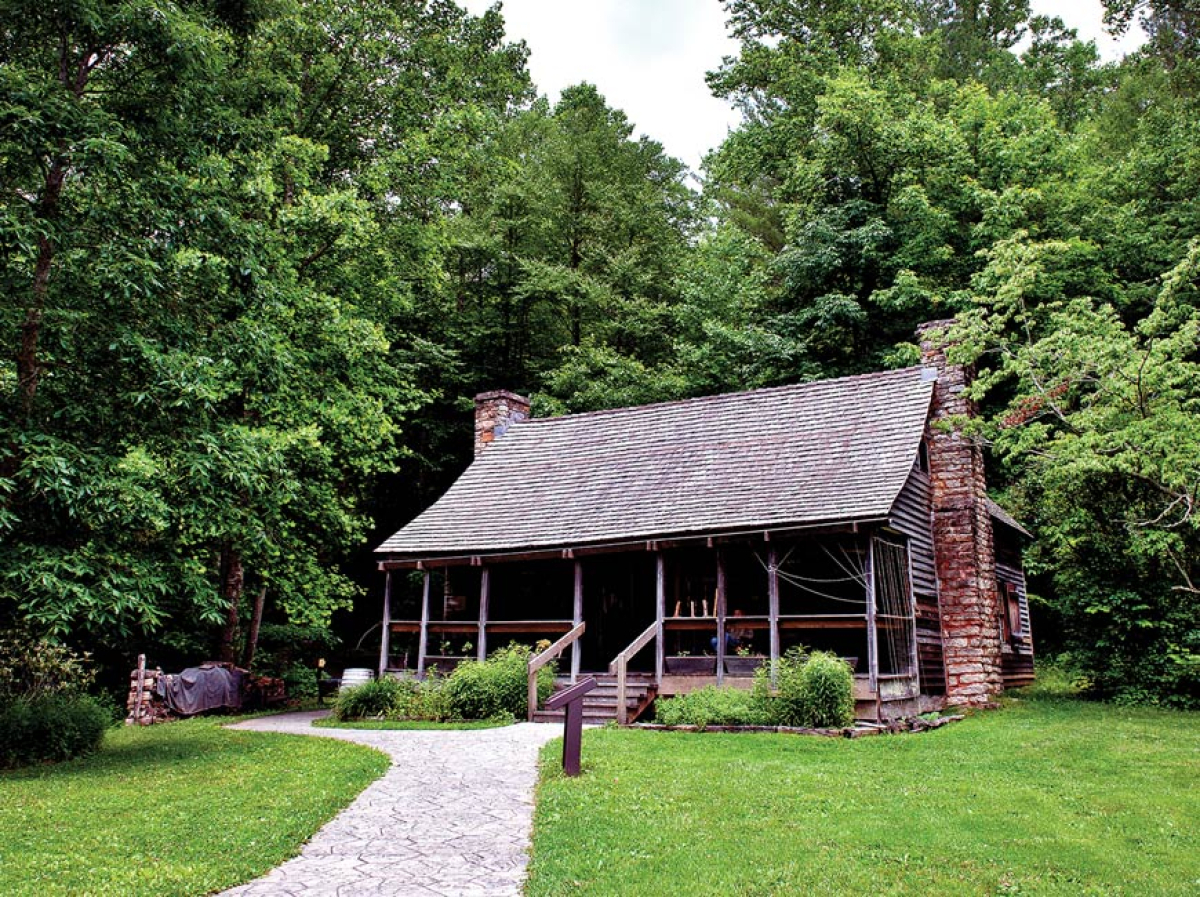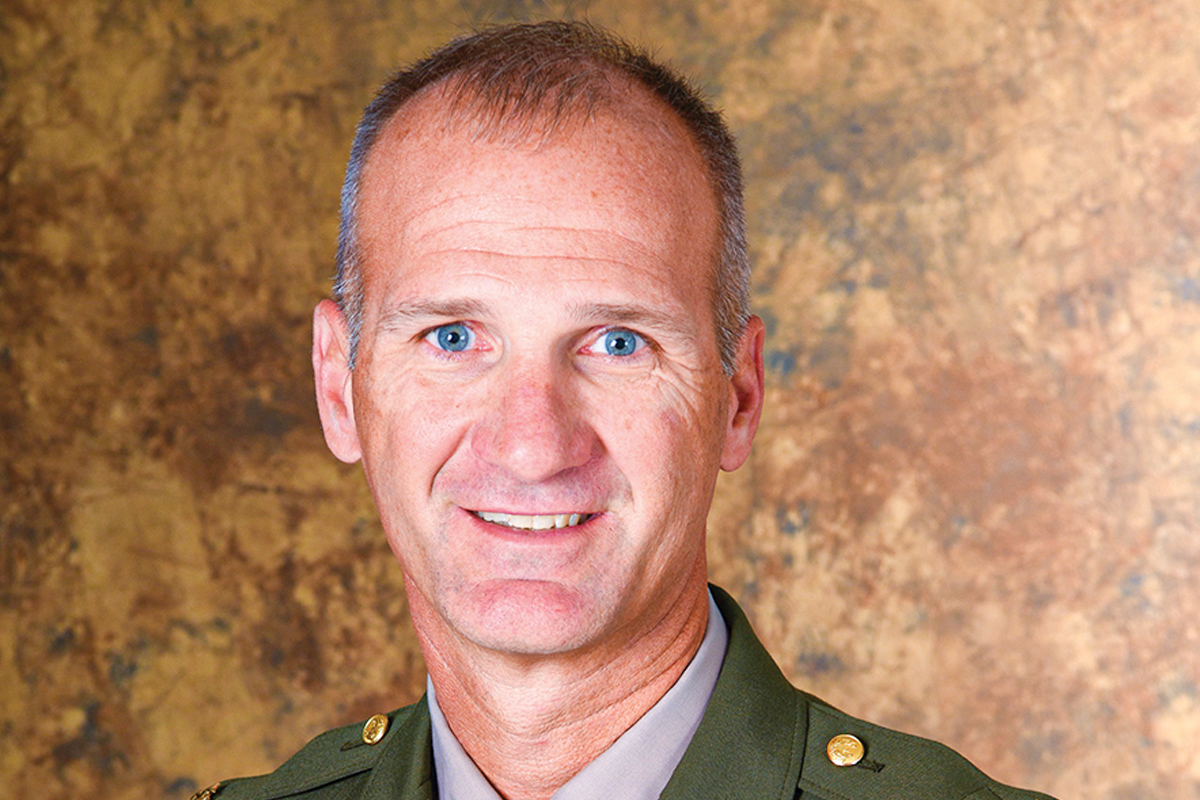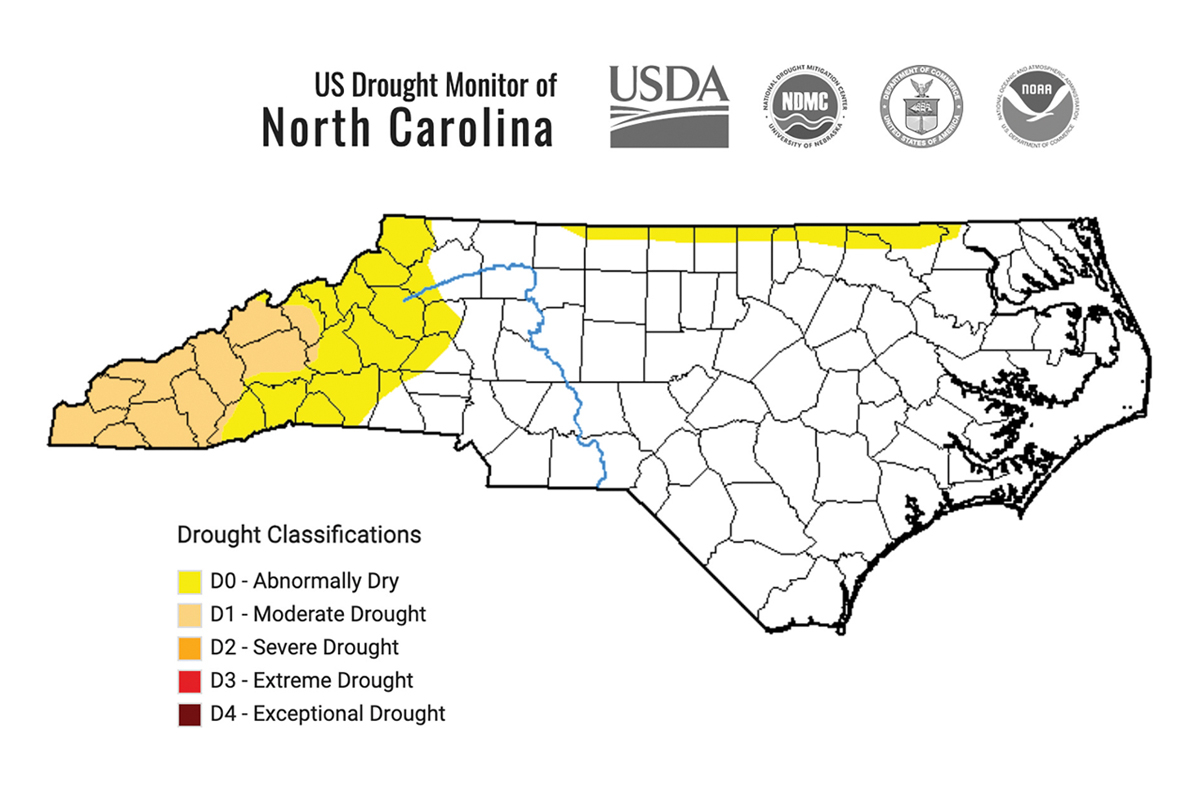Waynesville steps up to address affordable housing crisis
Like the region’s opioid crisis, if Western North Carolina’s affordable housing crisis could have been solved by meetings, panel discussions or task force recommendations, it would have been over long ago.
But last week, the town of Waynesville finally became the first Haywood County government to take concrete steps that could rid the county of a troublesome, underutilized asset — or liability, as some have called it — while at the same time transforming a blighted area just north of downtown into a vibrant, rejuvenated economic center.
WCU chancellor interview process begins
In a search that is now entering its second year, Western Carolina University’s Chancellor Search Committee is preparing to interview the top candidates applying for the job left vacant by the late Chancellor David O. Belcher.
Effort underway to make WNC counties ‘Blue Zone’ certified
On the Greek island of Ikaria, its population of 10,000 people live an average of 10 years longer than Americans, have about half the rate of heart disease, lower rates of cancer and obesity and zero cases of dementia.
Community steps up to care for parks during shutdown
The National Park Service is closed.
Sort of.
When the clock struck midnight on Dec. 22, 2018, the latest continuing budget resolution expired and the federal government’s failure to agree on a spending bill resulted in the suspension of all “non-essential” government services — including most services associated with operating the national parks. Of 24,681 National Park Service employees nationwide, only 3,298 are working during the shutdown, with just 326 for the entire Southeast region.
Cruising the Smokies under shutdown
It’s just after 11 a.m. on a weekday, and while a road sign at the Cherokee entrance to the Great Smoky Mountains National Park alerts travelers “All facilities closed for govt shutdown,” visitors are still arriving.
The lowdown on the shutdown
There are plenty of misconceptions about the federal government shutdown — what it is, who it affects, how it happens, and why — but what is clear is that both parties have engaged in the tactic for almost 45 years, and as time goes on, shutdowns are becoming longer, and becoming more commonly used as a policy tool.
It’s election season again, already
That’s right. It may seem like election season just ended, but it’s also just beginning, and in less than 300 days voters in every Haywood County town will again head to the polls to choose from candidates seeking a spate of municipal offices.
Working 9 to 5 (plus nights and weekends)
Unemployment rates are about as low as they’re going to get in Western North Carolina and there are jobs to be had for those who want them, but many people across different professions have to work multiple jobs to make ends meet as wages have not kept pace with the cost of living.
Partial government shutdown continues; National parks still accessible to visitors
Congress’s failure to approve a discretionary spending budget led to another partial government shutdown beginning Dec. 21, and Western North Carolina’s economy will once again feel the impact the longer it continues.
Limestone ‘sink’ is just over the mountain
Editor’s note: This article first appeared in a January 2005 edition of The Smoky Mountain News.
“If it form the one landscape that we …
Are consistently homesick for, this is chiefly
Because it dissolves in water …
What I hear is the murmur of underground streams,
what I see is a limestone landscape.”
— “In Praise Of Limestone,“ W.H. Auden (May 1948)
The topography and vegetation here in our part of Western North Carolina is among the most varied and attractive in North America. Most all of the distinctive natural features of the southern highlands — from spruce-fir and upland hardwood coves to highland bogs, escarpment gorges, and grassy balds — can readily be sought out and explored here in the far southwestern counties of the state.






















